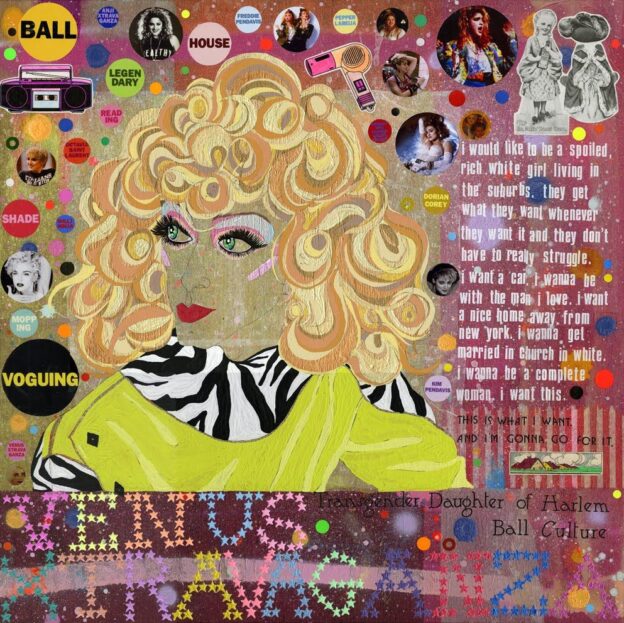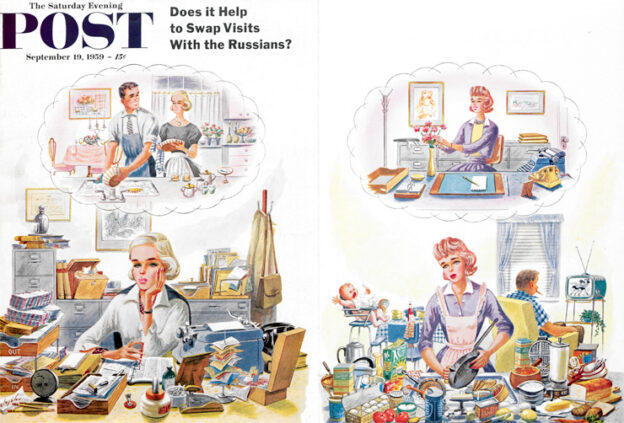Disclosure reminded me of one of the first texts we were introduced to for this course, “Beyond the Gender Binary” by Alok V. Manon in the sense that as individuals who do not necessarily identify with the gender binary that society has set as the norm, are constantly perceived in all sorts of ways except for who they are and respecting their identities. Nancy Susano’s snapshot, which is from DISCLOSURE if I am not mistaken, serves as a quote that awakens the idea that others have always wanted to tell the story of trans individuals without pausing to ask what their narratives truly are.
I too have witnessed both examples of myself and distorted narratives of those who share how I identify. I think the entire concept of visibility and aiming to reveal the true narratives and stories of people triggered a memory for me. It reminded me of the many films I had seen as a child that did not portray the immigrant, undocumented, individual with indigenous features in a positive light, even when the producers were from those very same countries. I saw myself in these media stories as the child of the unfortunate immigrant who even in the “land of opportunity” cannot get ahead in the socio-economic aspect of life. It made me question what types of media was considered acceptable for my family and I to watch, to laugh about, and to never question or think about in any critical manner.
Those who are determined to conserve social norms and identify with them benefit from the problematic depictions of transgender people as it gives them the power to dictate how the general public perceives them and how they should feel and act around them. They remain in some sort of control this way, similar to how individuals who strongly identify with patriarchal norms or enforcing discrimination, remain in control by dictating narratives and fear that they will lose this societal advantage. Although entertainment media can create positive change, simple actions that we can take to challenge misrepresentation, erasure, or invisibility is to educate oneself especially in a time in which there are plenty of resources in the form of texts, art, and video that are accessible. One has to put aside any preconceived narratives about a community and help amplify their stories and experiences. Recognizing the privilege that one may hold is another form of taking action to help amplify other voices. Media has influenced my own perception of my gender through its usual tropes — girls must be virtuous, delicate, and only lean towards female intended activities and colors. To go against any of this would mean that I would face many consequences from family, friends, and society. I have felt judged when expressing gender nonconformity at a very young age because I became aware of my own sexuality and feelings very early on. My mother would question my ever-changing choices in clothing and style, my friends would question my interests and hobbies and my teachers would force female activities and roles in plays onto me. I felt that this would continue in my life but I am grateful for the progress society has made although not everyone is accepting of it.



